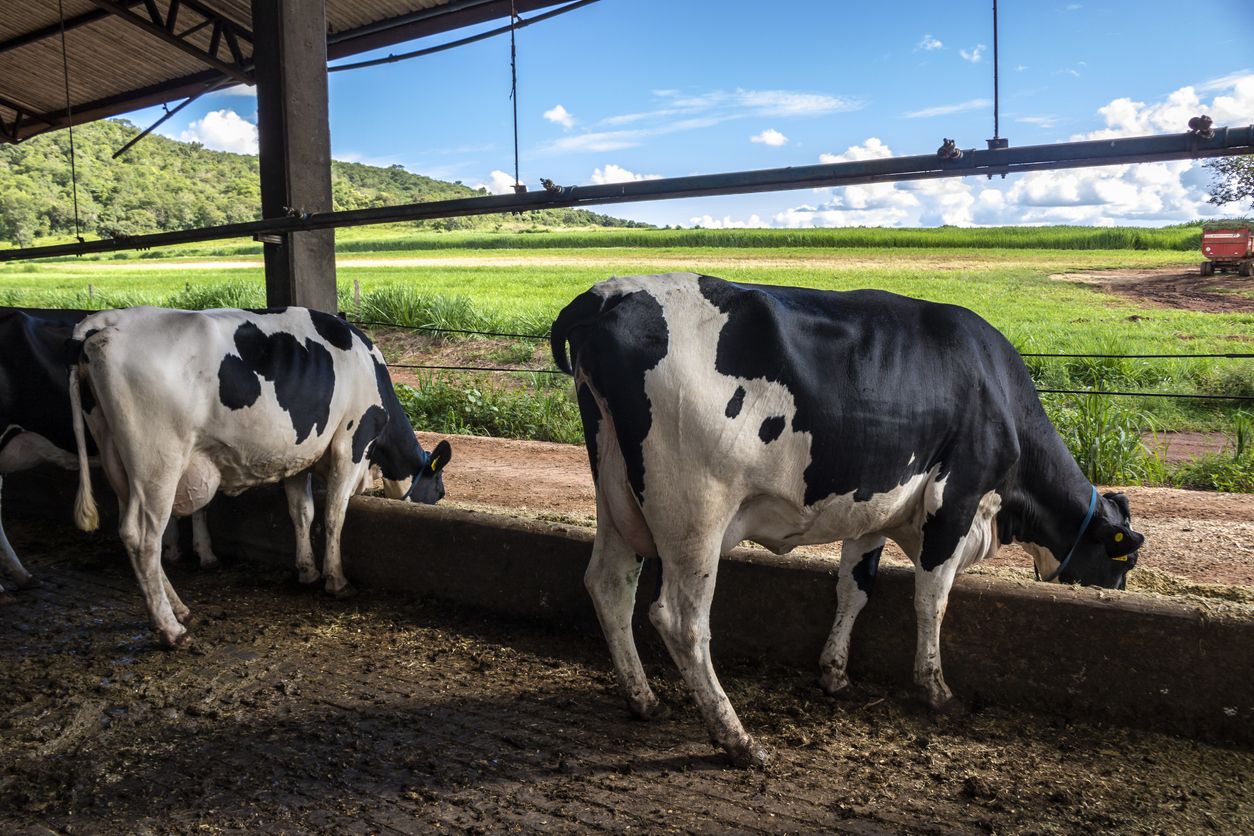- Precision livestock platform Performance Livestock Analytics (PLA) has separated from animal health company Zoetis, which acquired PLA in 2020.
- As an independent entity, PLA plans to accelerate the growth of its data analytics platform for livestock farming and expand to new markets; Zoetis will now focus “on other innovations and portfolio opportunities.”
- Builders VC, an early backer of PLA, has invested an undisclosed amount in the startup to fuel the expansion.

PLA 2.0
Speaking to AgFunder News (AFN), PLA founder Dane Kuper stresses that the separation “isn’t really about Zoetis making a move like divesting their position in animal health.” In the three years PLA was part of Zoetis, it performed “exactly as forecasted.”
“I don’t think there’s anything under the hood to look into other than that this uniquely came together with my ability to engage with that leadership team, inquire about [separating], and find a structure that worked. Zoetis is an amazing team and I love working with them. My inquiry to do a spin-out or manager buyout of the business was part of having the autonomy to run the business.”
He adds: “Myself and Dustin Balsley as founders, partnering with Builders VC, is now the new ownership structure of the business.”
For its part, Zoetis says it has “experienced significant growth in the number of PLA customers and increased customer value, but the commitments and funding required to further advance PLA do not align with our overall investment priorities today.”
“While Zoetis believes in the long-term potential of data analytics for livestock customers, we have decided to sell the Performance Livestock Analytics (PLA) business and focus our resources on other innovations and portfolio opportunities,” Zoetis vice president of communications William Price told us.
“We continue to view livestock as a critical part of our long-term growth strategy, and we have chosen this path to bring more focus and value to our overall offering. Zoetis is committed to ensuring support for our customers and colleagues during this transition, and continuing to focus on building and delivering a portfolio that addresses our customers’ needs in the near and long term.”
A marketplace for precision livestock farming

PLA’s key product is still its Performance Beef platform, a cloud-based tool that assists producers with monitoring animal nutrition and health. Via the platform, producers can analyze operational and financial data to improve overall feed management of beef cattle.
“We’ve aggregated 3,000 to 4,000 customers that are using [the Performance Beef platform] every day, four and a half hours a day,” says Kuper.
But he envisions a future in which Performance Beef is one tool in a larger agribusiness marketplace for precision livestock farming.
“There’s a wide-open platform market opportunity and I think we can serve the industry in a much bigger way,” he notes.
As an independent entity, PLA is better positioned to achieve this.
“Maybe under the hood of Zoetis there were more complications to that in terms of structure, any liability they might take on unintentionally and just the ability to have the autonomy to move quickly, as you can as a startup.”
“In the time with Zoetis, there were so many projects to work on, even outside of the PLA platform.” Now, he says, PLA can fine-tune its focus to concentrate on “speed and reliability” for customers and “bringing back a more personalized experience” to the PLA platform.
Builders: ‘Not just a VC firm”
The undisclosed investment from Builders VC will fuel this expansion, which will include not only new product development but also new markets.
Builders VC was one of PLA’s original investors, backing the company’s 2019 seed round.
“We had a taste of working with them closely for just under a year and had a good relationship,” says Kuper.
“The Zoetis acquisition didn’t give us much time to work [with Builders VC] much longer. So as this opportunity came to fruition, I went to them right away.”
“They’re not just a VC firm,” he adds. “If you look at their advisors, what they’re interested in, their knowledge base, they’re well connected within the agricultural industry, especially, I would say, with animal health and livestock. Farming is something that they have such a unique expertise and interest in. There’s a lot of value they bring to us, which is why we went right back to the table with them to move forward.”



